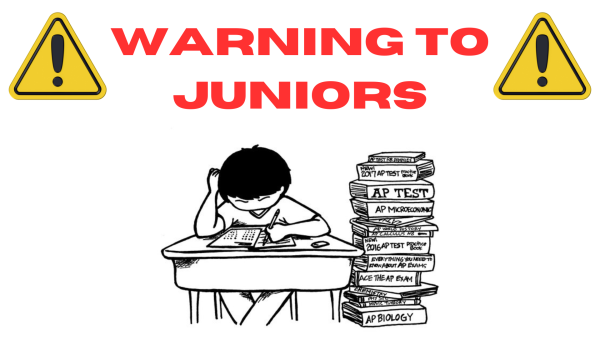Academic Animosity: Why Where You Live Fuels The Feud
An In-Depth Investigation Into the Underlying Hostility Within AMHS

Students from all over the area flock to AMHS.
The Wikipedia page for Academic Magnet High School states that “Academic Magnet is composed of students who reside in Charleston County and of students who own property in Charleston County in accordance with S.C. Code Section 59-63-30.” While this statement is true, it grossly misrepresents the diversity of our school. To be clear: the diversity I am referring to is not racial diversity, but geographical diversity. AMHS is a magnet school, which, by Wikipedia’s definition, implies that it draws students from beyond the “normal boundaries defined by authorities as school zones that feed into certain schools.” This proves to be true for us, as our student body is comprised of high scoring individuals from North Charleston, West Ashley, Downtown, Mount Pleasant, James Island, Johns Island, and a crop of ambitious students from Daniel Island who pay for a plot of land within the district in order to save themselves from Berkeley County School District.
Even though we have a propensity towards immense school pride, there is another, underlying, pride that the students harbor as well. However, it may not be pride, so much as animosity, no matter how mild, towards those who hail from anywhere else in the Greater Charleston Metropolitan Area. There are stereotypes. Many stereotypes. Even though they may not be true, they are very well known. Mount Pleasant kids are posh. West Ashley kids are irrelevant. North Charleston kids ride the bus. Downtown kids are super rich, but don’t look like it. James Island kids are easygoing. Johns Island kids have such a long commute that they don’t have time to establish a stereotype. Daniel Island kids hate that they’re from Daniel Island, but wouldn’t want to live anywhere else. Everyone has a group, and every group has a stereotype.
“I feel like there’s a lot of stereotypes,” says McKenna Ronchetto, a sophomore from West Ashley, “like West Trashley and that stereotypical Mount Pleasant kids with Sperrys and Vineyard Vines.”
Unsurprisingly, these stereotypes contribute to the overall social setting in the school as well. Rather than the cliché cliques found in the fictional high schools we envisioned, our social dynamics can be greatly attributed to geography. It can be challenging to form friend groups when we live so far from each other. According to Rosie Booker and Jordan Thomas, seniors from Summerville and James Island respectively, “Mount Pleasant kids refuse to leave Mount Pleasant,” which further divides the student body. Interestingly enough, Mount Pleasant, which makes up 46% of the students in our school, has the worst reputation. Even students from Mount Pleasant, like Senior, Pearl Ayiku, think “there’s a whole ‘Mount Pleasant kid’ thing, like ‘OMG they’re from Mount Pleasant, ugh.’”
Regardless, these stereotypes are more superficial than they may seem. Although a snide remark about Mount Pleasant kids is always appreciated, students tend to befriend whoever they want, and the stereotypes tend to apply to only 1 in every 100 students. The reason we hate on others’ zip codes is not because we dislike them, it’s because it’s fun. It’s just another thing that sets us apart from other schools: we come from all over, so why not take advantage of it?







